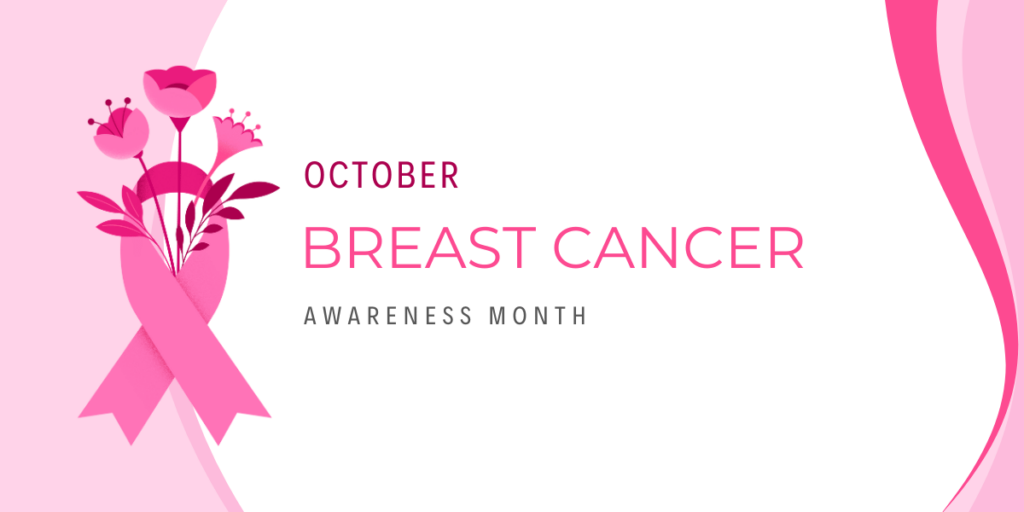Building Resilience – 6 Tips to Trade Helplessness for Healthy Control (Part 4)
This is the final part of a four-part series on how to root out the pattern called “learned helplessness” from our life and relationships. In part 1and part 2, we explored what learned helplessness is, and what it might look like in our lives. In part 3, we shared the first two (of six) steps for ridding it from our lives. This week, we cover the last four steps.
After examining the concept of “learned helplessness” in part 1 and part 2 of this series, and beginning to address it with action in part 3, I hope that you have a sense for how to spot it in your life. If you haven’t read the series, I highly recommend backtracking. See especially the bullet list that opens part 1 for examples of what we’re talking about.
Let’s dive into the last few action steps we can take to tackle learned helplessness once we see it.
Step #3: Start from the assumption that there is something you can control
In the face of difficulties that seem to come up over and over (and over and over) it is easy to slip into thinking like this:
- “I guess I’m stuck with _________. There’s nothing I can do.”
- “I’ve tried and _________ is never going to improve.”
- “It’s not fair that _________ is always going to be the case.”
Now, as mentioned in Part 1, it is important to “accept” and move on from certain things that aren’t the way we want them in life or relationships. (With the important caveat that some dynamics – like physical abuse – should never be accepted.) The point here is that there are some cases in which, when we feel helpless, we don’t actually move on or take action. We feel powerless. Maybe sad. Angry. We may lash out or we may shut down.
We feel stuck.
Here’s the small but radical change we need to make. We need to start from the assumption that “There are things here that I can control.” And we can take those steps in a healthy, God-honoring way.
You may have a hard time “seeing” what you can do. If needed, enlist a wise and encouraging friend or mentor to help you brainstorm options.
As just one example, in part 2 of this series we talked about a husband, Tom, developing a “why bother” mindset because nothing he does ever seems to please his wife, Kim. It is tempting to say that the solution is simply to correct Kim’s hyper-vigilant household rules. And yes, Kim – like all of us – needs work. But so does Tom.
If Tom would be honest, there is a way forward. He’s just not fighting for it! Instead of checking out, he could communicate honestly and lovingly to Kim about how her correction – even on seemingly minor things – makes him feel. He could state what is almost certainly true, which is that he knows Kim doesn’t want to make him feel like an idiot, and ask if the two of them together could set up a system for “catching” the words that nick his raw nerve.
Even better, he could address things that Kim, on her side, feels helpless about as well. Our books For Women Only and For Men Only offers insight into these tender places in your spouse’s heart – those feelings he or she may have trouble articulating to you. If you would like to understand your spouse better based on research and surveys conducted with thousands of men and/or women, I highly recommend you pick up copies, read them together, and ask your spouse what is true of them. We have heard from thousands of readers who see their spouses in a clearer light because of these books!
Step #4: Give up the sneaky “benefits” of helplessness – and pursue wellness instead
The New Testament describes the story of a man who was paralyzed for 38 years. He spent every day lying near a pool that was thought to have medicinal properties.
When Jesus arrived there, he asked the man a pointed question that – at some level – each of us needs to ask ourselves: “Do you want to be well?”
The immediate response from the man’s mouth was telling: “Sir, I have no one to help me.” (John 5:2 NIV). He went on about how others got to the pool ahead of him – essentially, a “woe is me” response. I know readers of this blog are in different places in matters of faith. But I think Jesus wants us to grapple with His question, too.
Do we want to be well? Do we really want it? It could be time for some targeted, introspective questions that examine the sneaky “benefits” we get out of being “helpless”:
- Do I like the attention? (“You poor thing. How can I help you?”)
- Have I taken a license to dodge responsibility? (“I put in 100 résumés and no one called, so I’m just going to settle into the couch and watch NASCAR.”)
- Do I blame-shift? (“My life wouldn’t be such a mess if ____ hadn’t done ____.”
Do any of these hit home? Are you ready to root them out?
Step #5: Evaluate what you can and should take responsibility for
If learned helplessness has been a prominent feature in your life, evaluating where you should take responsibility is a life-changing step. This may require the help of a pastor or counselor.
Even if you don’t have immediate access to a counseling setting, you can start today by asking yourself some questions:
- Is there anything I have developed a “helpless response” to?
- Is there a path out that I’m not seeing or that I’m unwilling to take? (Remember, there almost always is something we can improve, even if it is “just” improving our attitude.)
- Where might God be calling me to greater responsibility in that?
- Where might God be revealing that some things are the other person’s responsibility?
For example, let’s say you have a toxic boss. You are not responsible for the fact that your boss is toxic, but you are responsible for how you respond. Feeling “stuck,” getting passive-aggressive, and slow-walking projects isn’t a healthy response that will move you forward. Brainstorm with a friend or counselor all the different things you can do – without defaulting to saying “that won’t work.” Find something that will work.
Step #6: Push through your fear – and take action. Repeatedly.
If you’re discovering that learned helplessness is hindering you in your life and relationships, taking action is the most crucial step. It is also the most liberating.
The first few times you purposefully attempt to do something it might feel fearful or risky. Changes and consequences will likely come from our actions! But you’ll find that you get used to taking action, and that the consequences usually aren’t nearly as hard as we built them up to be in our minds. Doing this over and over again is how resilience is built!
To see how this works, let’s keep going with variations of the toxic boss example.
As one scenario, you might realize that while his/her behavior is not your responsibility, your best option is to get out from under that influence. (See? It might be terrifying, but it’s also freeing!) So suppose you switch your mindset to what you can do. You start saving money, update your résumé, and begin a job search. You give yourself goals to hit, like “I will call ten different people who I can network with this month.” It may be inconvenient, stressful, and even uncomfortable, but you are not helpless.
Or suppose that your boss is not truly toxic but just irresponsible in a way that makes things challenging. You could make a decision to keep your job but place boundaries up. Perhaps you have a conversation with your boss about ways in which you view their behavior as problematic and the line you need to hold as a result. For example, “On our site visit last week, I know you thought I was unreasonable for not wanting to go to the strip club. But because those are my values, I need you to know that I will never do that. And if you pressure me again, I will have to decline any more business trips.”
Or perhaps instead, you realize that you have trained your boss to know that he or she can reach you at all hours. So you say, “I know you have gotten used to reaching me at any time, but being available to you has come to mean not being available to my family. So unless there’s an actual crisis – like we are truly about to lose a client – I am not going to answer text messages after I arrive home.”
Again, not helpless.
These steps take practice, especially if you’ve endured years of messages that helped you learn the wrong things. Remember the example of Pooh’s Corner and Eeyore at the opening of Part 1? While we might have loved the stories when we were growing up, none of us sat around and aspired to be like Eeyore! None of us dreamed of throwing our hands up and quitting – even when a better way was right in front of us.
In the end, though, that slide is part of the human condition! We do essentially “learn” that response as we don’t fight it, and as it becomes a habit. But the really promising, hopeful thing about our responses is that we can always learn new ones.
If you are interested in having Shaunti bring research-based strategies, practical wisdom and biblical principles to your next event, please contact Nicole Owens at [email protected].
Transform Your Relationships with Kindness! Join the 30-Day Kindness Challenge and Embrace the Power of Positivity. Watch as Kindness Strengthens Your Connections and Creates Lasting Bonds.
Please note: This post may contain affiliate links. As an Amazon Associate we earn a small amount from qualifying purchases through these affiliate links. This doesn’t cost you anything, and helps us continue bringing you great content!







